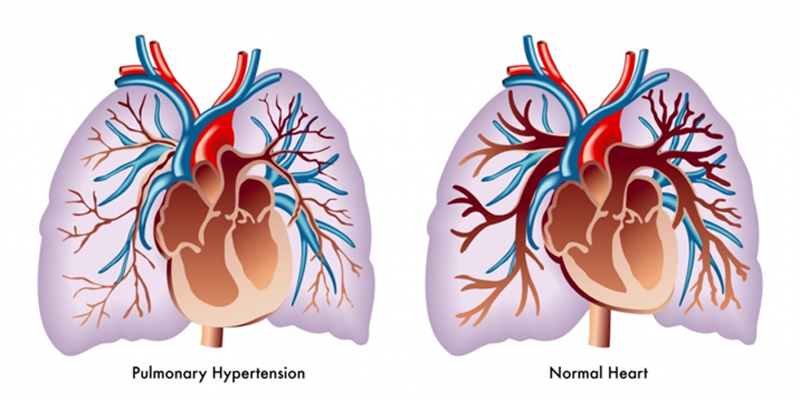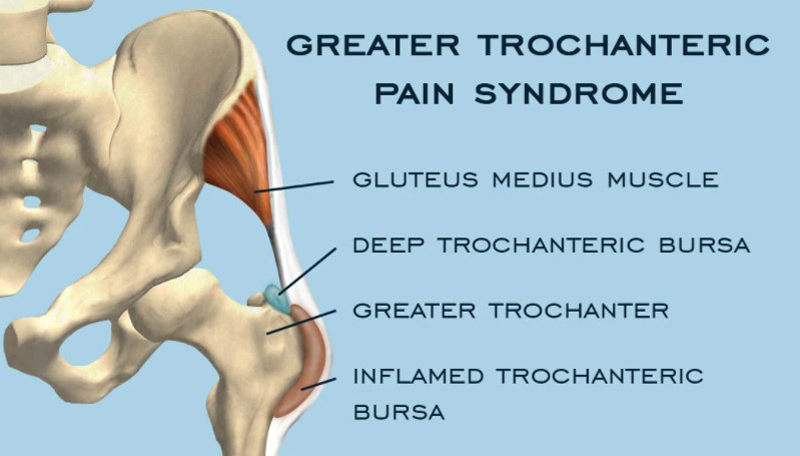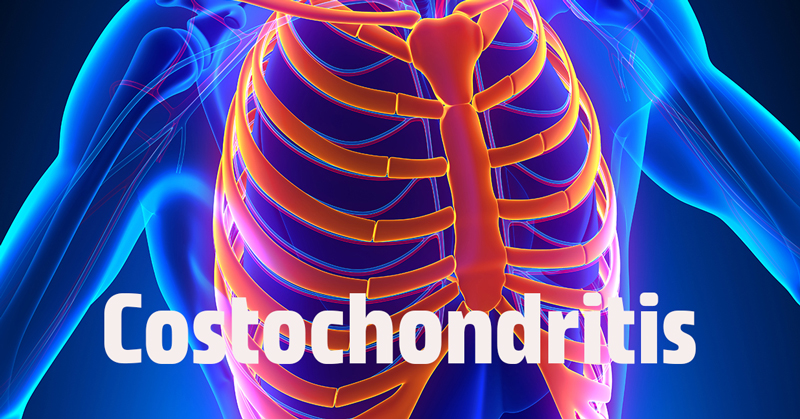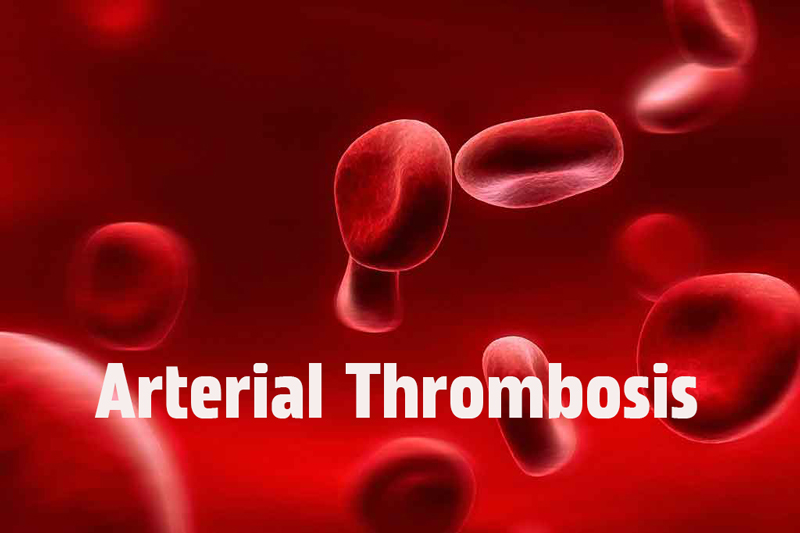Chronic Obstructive Pulmonary Disease (COPD): Symptoms and Treatments
Aug. 19, 2023 #COPD
Chronic Obstructive Pulmonary Disease (COPD)
Chronic Obstructive Pulmonary Disease (COPD) is a progressive lung disease that causes breathing difficulties. It is typically caused by long-term exposure to irritants, such as cigarette smoke or pollution.
Symptoms of COPD include shortness of breath, coughing, wheezing, and chest tightness. These symptoms can significantly impact daily activities and worsen over time. Feeling drained after physical activities that were previously not so difficult.
Individuals with COPD often experience a chronic cough that produces mucus, and they may have frequent respiratory infections. Their airways become inflamed and narrow, making it harder for air to flow in and out.
COPD is not curable, but there are various treatment options available. Quitting smoking is crucial in slowing the progression of the disease. Medications such as bronchodilators and corticosteroids can help open the airways and reduce breathlessness and wheezing.
Pulmonary rehabilitation programs, which include exercise, breathing techniques, and education, can help individuals better manage their symptoms and improve lung function.
In severe cases, surgical interventions or lung transplantation may be considered. These options are generally for individuals with advanced COPD who have not responded well to other treatments.
Causes of COPD
COPD is primarily caused by long-term exposure to irritants such as cigarette smoke or pollution. These irritants damage the airways and lungs, leading to the development and progression of the disease.
Cigarette smoke is a significant risk factor for COPD. Smoking exposes the lungs to harmful chemicals and toxins that inflame the airways and destroy lung tissue, making breathing difficult.
However, not all smokers develop COPD, and non-smokers can also be affected. Factors contributing to COPD include exposure to secondhand smoke, environmental pollution, occupational hazards, and genetic predisposition.
To reduce the risk of COPD, it is crucial to quit smoking, avoid secondhand smoke, reduce exposure to pollution, and must take safety measures in high-risk occupations.
Symptoms of COPD
COPD is characterized by several symptoms. These can vary in severity and worsen over time, limiting physical activity and decreasing overall lung function.
Shortness of breath, or dyspnea, is persistent and occurs even during simple activities. A chronic cough that produces sputum or mucus is common. Wheezing, a high-pitched whistling sound, occurs during exhalation. Chest tightness is also experienced due to narrowed airways.
Early detection and management of COPD are essential. Seeking medical attention for proper diagnosis and discussing treatment options is important for improving quality of life.
Treatment for COPD
Treatment goals for COPD include symptom relief, slowing disease progression, and improving quality of life. Various treatments are available based on individual needs.
Quit Smoking
Quitting smoking is crucial in managing COPD and preventing further lung damage. Smoking cessation therapies, support groups, and medications can assist individuals in quitting successfully.
Use Inhalers or Other Medications
Inhalers and medications provide relief from symptoms and help manage COPD. Bronchodilators relax and widen the airways, while corticosteroids reduce inflammation. These can be administered through inhalers or nebulizers.
Pulmonary Rehabilitation
Pulmonary rehabilitation programs improve lung function, exercise tolerance, and teach symptom management strategies. They include exercise training, breathing techniques, nutritional counseling, and psychological support.
Surgery or Lung Transplantation in Severe Cases
In severe cases where other treatments are ineffective, surgical interventions or lung transplantation may be considered. Lung volume reduction surgery and bullectomy improve lung function, while lung transplantation provides a healthy lung from a donor.
Working closely with healthcare professionals, regular monitoring, medication adjustments, and lifestyle modifications can effectively manage COPD and improve respiratory health.










COMMENTS